From Devastation to Thriving Wilderness: The Remarkable Restoration of Coutada 11

How one safari operation transformed a war-torn landscape into Africa's most inspiring conservation success story
By Zig Mackintosh
In the heart of Mozambique, an extraordinary conservation triumph has unfolded over three decades, largely hidden from the world's view. Spanning 500,000 acres of once-decimated wilderness, Coutada 11 now teems with wildlife that had almost been wiped out. This transformation represents one of Africa's most remarkable yet least publicized ecological recoveries.
A Paradise Lost to War
Before 1974, Coutada 11 ranked among Africa's premier wilderness areas, situated approximately 30 miles inland from Mozambique's coast, with sections extending into the Zambezi River Delta. But the country's brutal civil war (1977-1992) brought devastation to both human and wildlife populations.
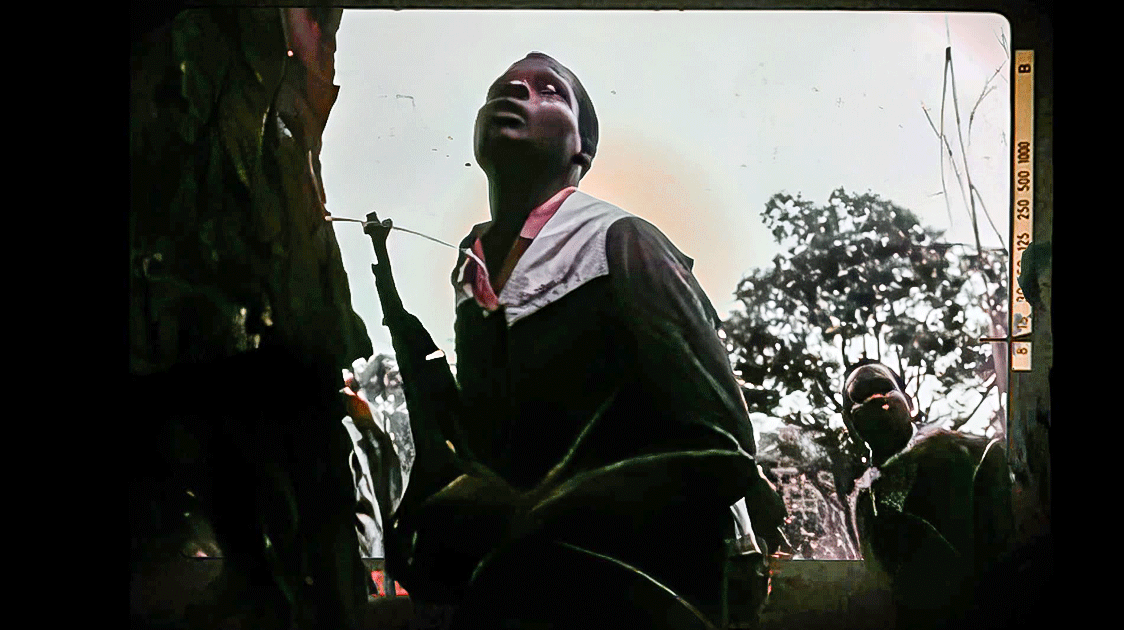
The region became a slaughterhouse as troops from both sides hunted indiscriminately for food while commercial bushmeat traders exploited the chaos. The toll was catastrophic:
- Buffalo populations crashed from 45,000 to just 1,200
- Waterbuck plummeted from 100,000 to merely 2,500
- Iconic species, including sable, hartebeest, eland, nyala, and zebra, teetered on the edge of local extinction
The Beginning of Restoration
In 1992, as Mozambique emerged from conflict, South African hunting outfitter Mark Haldane took a risk that many considered foolhardy—acquiring the hunting lease for the nearly empty Coutada 11. Where others saw desolation, Haldane envisioned potential. His company, Zambeze Delta Safaris (ZDS), began the painstaking work of rebuilding what war had destroyed.

Haldane immediately recognized that effective anti-poaching measures would be essential to any recovery effort. In a strategic move that would prove transformative, he recruited five former poachers from the local community to form the core of his anti-poaching team.
Building a World-Class Anti-Poaching Operation
From those humble beginnings, ZDS has developed one of Africa's most effective anti-poaching units. Today, the force consists of 25 professionally trained and well-equipped rangers who operate:
- On foot patrols covering vast territories
- Via helicopter for rapid response and surveillance
- Using vehicles for broader area coverage
- On motorbikes to intercept "transporters"—middlemen who supply poachers and move bushmeat to markets
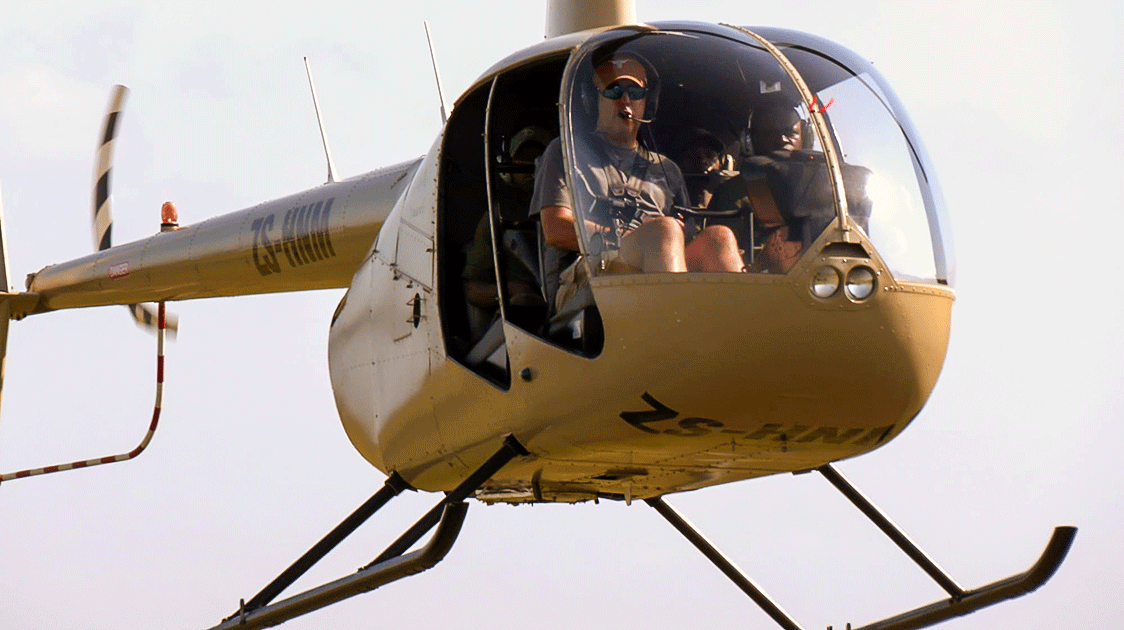
The anti-poaching teams employ sophisticated tactics, including night ambushes along known transportation routes. These operations specifically target the supply chain networks that sustain illegal hunting—a strategy that disrupts the entire poaching ecosystem rather than simply pursuing individual hunters.
The Community Connection: Conservation Through Collaboration
Haldane understood that sustainable conservation requires local support. Rather than creating an adversarial relationship with surrounding communities, ZDS implemented comprehensive engagement programs:
- Protein distribution: During hunting season, approximately 38 metric tons of meat from safari operations are distributed to local villages, providing 10-15 pounds of protein per household weekly.
- Agricultural support: A mobile maize-grinding mill travels between villages, processing corn at no cost to residents.
- Sustainable farming initiatives: ZDS established productive rice farming operations and provided a tractor for community use, helping to eliminate destructive slash-and-burn agriculture.
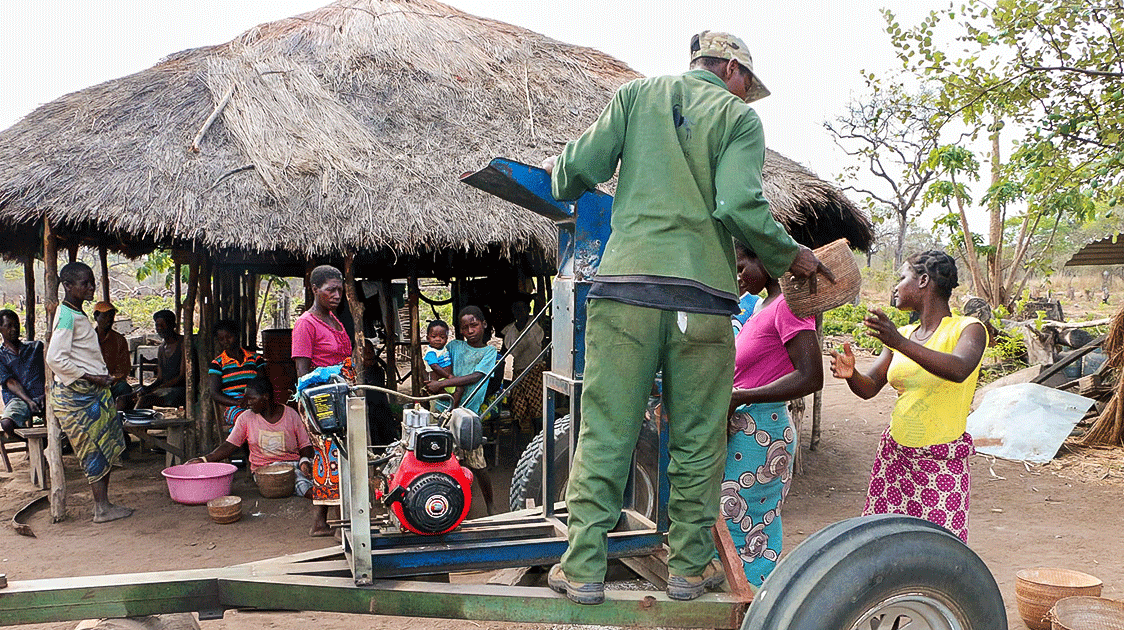
These benefits come with clear expectations: if any villager is caught poaching, their entire community loses access to meat distribution and maize-grinding services for a month. This system creates powerful social pressure against poaching while providing genuine alternatives for nutrition and livelihood.
The Dramatic Recovery
The results of these integrated conservation efforts have been nothing short of spectacular:
- Buffalo: From 1,200 to 25,000—a twenty-fold increase.
- Sable antelope: From just 44 animals to approximately 3,000—now likely the largest concentration in Africa.
- Waterbuck, zebra, hartebeest: All have seen dramatic population recoveries.
- Ecosystem health: An area nearly 1.5 times larger than Kenya's famous Masai Mara has been fully rehabilitated.
The Economic Engine of Conservation
The ZDS model demonstrates a crucial conservation truth: economic sustainability drives ecological sustainability. Safari hunting operations generate revenue for anti-poaching units, community development, and habitat restoration. Without this financial mechanism, the resources required for such extensive conservation work would simply not exist.
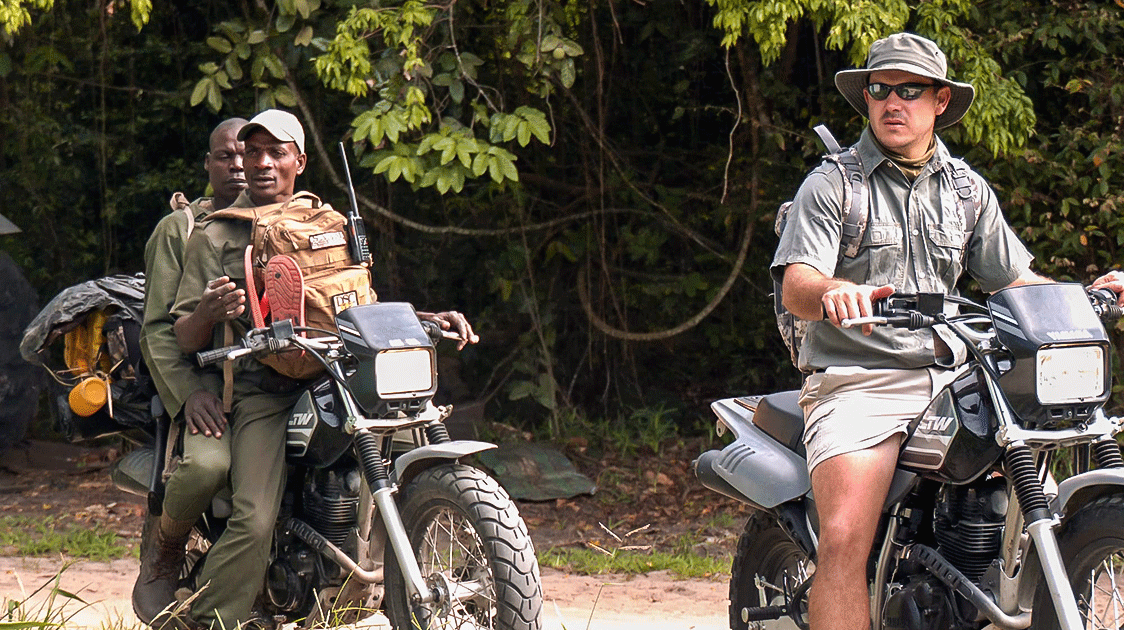
This practical approach contrasts with purely theoretical conservation models. As Haldane's work demonstrates, the ability to generate profit creates the incentive and capability for long-term investment in both ecological and community well-being.
Looking Ahead: Securing the Future
The transformation of Coutada 11 offers a powerful blueprint for other degraded landscapes across Africa. By combining rigorous protection, community engagement, and sustainable revenue generation, severely damaged ecosystems can recover remarkably.
Despite minimal media recognition, the restoration of Coutada 11 is one of Africa's most outstanding conservation achievements—proof that with vision, commitment, and practical strategies, even seemingly lost wilderness can thrive again.
What are your thoughts about this conservation success story? Leave a comment below.
This area of Mozambique is classified as a "coutada"—a state hunting area where sustainable utilization of natural resources is permitted, unlike national parks, national reserves, and forest reserves, where no consumptive use is allowed. Other categories allowing sustainable use include community wildlife utilization areas and private game farms.
Zimbabwean native Zig Mackintosh has been involved in wildlife conservation and filmmaking for 40 years. Over the years, he has traveled to more than 30 countries, documenting various aspects of wildlife conservation. Sustainable use of natural resources as an essential conservation tool is the fundamental theme in the film productions he is associated with.


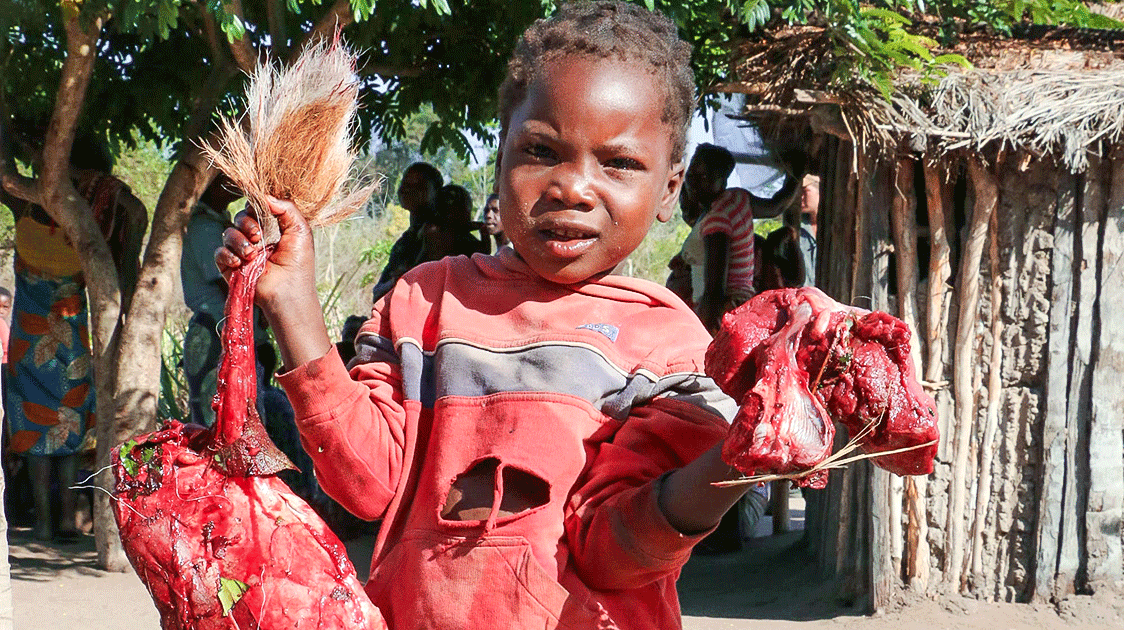
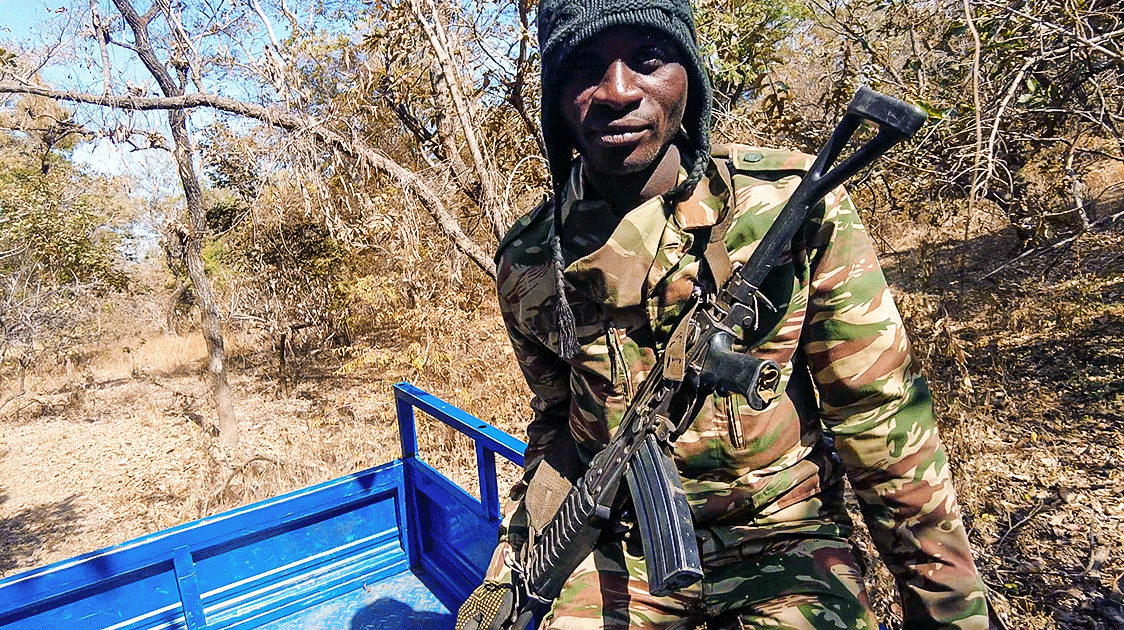
Comments ()